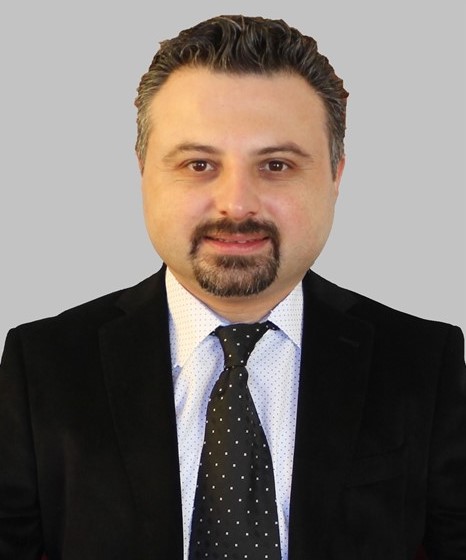| Biography | |
|---|---|
 Dr. Ergun KAYA Mugla Sitki Kocman University, Turkey |
|
| Title: Importance of Plant Biodiversity and Long-Term Conservation of Plant Genetic Resources Via Biotechnological Strategies | |
| Abstract: Although climate changes are predicted to be an increasingly dominant threat to plant biodiversity, the degradation of ecosystems witnessed to date has been largely driven by factors such as human-induced habitat loss and fragmentation, overexploitation, pollution and the introduction of invasive species. Given the evidence that climate changes and anthropogenic pressures have greatly increased the extinction of natural populations of species, we can recognize that human-induced land use and climate changes are perhaps the greatest threats to terrestrial biodiversity. In this context, effective prioritization of conservation efforts is critical for the sustainability of biodiversity, as current environmental changes are likely to continue in the future. Countries with limited financial resources for conservation projects may be at greater risk from habitat loss, direct harvesting and invasive species, and may also lead to unsustainable exploitation of resources, further accelerating species loss through direct harvesting and causing rapid loss of biodiversity. In this context, the protection of biodiversity is an important issue that concerns the entire world population. Causes such as anthropogenic pressures, great fires, introduction of new species from different regions, invasion of cultivars and dominant species cause a dramatic impact on plant biodiversity as well as an increase in the number of threatened species. Plant biodiversity constitutes the natural source of products used in the food and pharmaceutical industries and also provides basic different raw materials. On the other hand, plant biodiversity is important in the development of species and more productive species that are more resistant to biological and environmental stresses, and in providing new genetic information for feeding programs. Advances in plant biotechnology, particularly in vitro cultures and molecular biology, have been a powerful tool in the control and conservation of plant biodiversity. Today, biotechnological methods include the most suitable methods for the pathogen-free short-, medium- and long-term preservation of ornamental plants, medicinal and aromatic plants and woody species that are in danger of extinction. In vitro conservation strategies are especially important in the protection of plant species that are vegetatively propagated and have seeds that are intolerant to desiccation. In addition, in vitro techniques provide a reliable platform for the international exchange of plant material, enable the creation of large collections using minimal space, enable the acquisition of valuable materials for wild species recovery, and facilitate molecular research and ecological studies. Keywords: Biodiversity, biotechnology, cryopreservation, in vitro conservation, | |
| Biography: Dr. Kaya completed his PhD in plant biotechnology and plant molecular genetics at Gebze Technical University (Turkey) between 2004 and 2011. He then worked as a postdoctoral researcher at Colorado State University, National Center for Genetic Resources Preservation (USA) between 2011 and 2012. Here, he worked on the long-term preservation of germplasms of many economical important agricultural plant species such as sugarcane, citrus, eucalyptus, pineapple, mainhot, banana with cryopreservation techniques. He started working at Muğla Sıtkı Koçman University as lecturer in 2014 and he is currently working in the field of plant biotechnology and plant molecular genetics at there. It carries out studies such as in vitro propagation of many agricultural and medicinal aromatic plant species, especially citrus varieties, olive, thyme, mint, sesame, and protection of germplasms with cryopreservation techniques. The researcher, who works also in collaboration with different researchers from many countries, especially Brazil and Italy, is also the vice dean at the Faculty of Science of the University to which he is affiliated. He is married and has a child. | |
